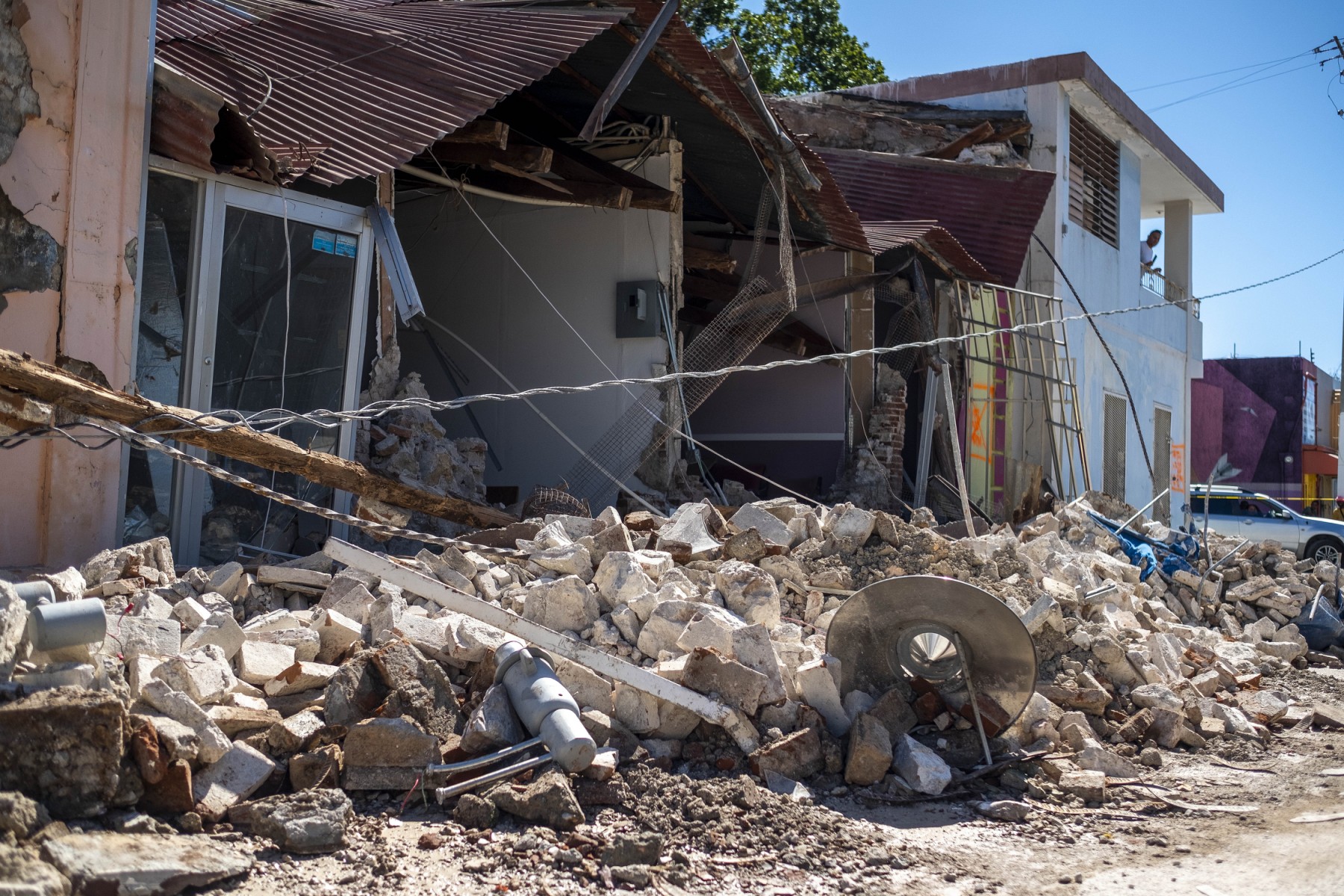
403
Sorry!!
Error! We're sorry, but the page you were
looking for doesn't exist.
How quickly devastation becomes normal, almost expected
(MENAFN) What was truly astonishing was how quickly the devastation became normal and almost expected. Within hours, you find yourself trying to grasp the scale of destruction; you tell yourself phrases like, "What a crazy thing." But soon, scenes of ruin become commonplace. It’s just another pile of rubble. This used to be an official building; these were residential homes, and that area was once a neighborhood. Everywhere you look, piles of metal, sand, cement, stones, empty bottles, and broken objects stretch across the horizon to the sea. You find yourself wondering about the one building still standing. "Why wasn't this one destroyed?" I messaged my sister after sending her the photo. "And why did you go there in the first place?" Why am I here? That’s not the important question. I’m not the focus. Nor is this an indictment of the Israeli Defense Forces (IDF). This belongs elsewhere, in editorial pieces, international courts, or in the UN Security Council. What matters is showing the Israeli public the reality of the situation, so they can’t later claim they didn't know. This is what I said to many friends who asked, "Why did you go into Gaza?"
As for the destruction, it’s everywhere. It’s hard to put into words. It’s visible at every corner, from aerial drone images of what were once neighborhoods. A garden now enclosed by a broken fence, a shattered home, a swing, or a temporary hut with a tin roof. The wreckage is visible even in the sand—piles of darkened lumps, remnants of what used to be an orchard, likely olive trees. The ongoing destruction, seen from above, shows people climbing through the ruins, collecting trees, smashing objects with stones. When we get closer to key logistical areas like Netzarim, Kissufim, and Philadelphia, the destruction only worsens, and fewer buildings are still standing. The scale of devastation is staggering and will persist for generations. This reality will remain for at least a century. No matter how much Israel may try to obscure or hide the truth, the destruction in Gaza will mark our lives and future generations. It will stand as evidence of an unchecked, unregulated conflict. As one friend wrote on the "war room" wall: "Calm is met with calm. Nova Music Festival in Ra'im/Gaza is met with Nakba." IDF commanders embraced this sentiment.
From a military perspective, destruction is unavoidable. Fighting in densely populated urban spaces against a well-armed enemy means massive destruction, or soldiers will inevitably die. If a commander had to choose between the lives of his men and flattening buildings, the choice is clear. Bombs and artillery would be called in, as there’s no room for risk in war. This level of warfare was made possible by the flow of weapons and ammunition from the United States, allowing the IDF to control the region with minimal troop deployment. This is true not just for Gaza, but for Lebanon as well. The key difference is the civilian population; in Lebanon, citizens are often removed from combat zones, while in Gaza, people remain amidst the conflict, carrying on as best they can under the harshest of circumstances.
As for the destruction, it’s everywhere. It’s hard to put into words. It’s visible at every corner, from aerial drone images of what were once neighborhoods. A garden now enclosed by a broken fence, a shattered home, a swing, or a temporary hut with a tin roof. The wreckage is visible even in the sand—piles of darkened lumps, remnants of what used to be an orchard, likely olive trees. The ongoing destruction, seen from above, shows people climbing through the ruins, collecting trees, smashing objects with stones. When we get closer to key logistical areas like Netzarim, Kissufim, and Philadelphia, the destruction only worsens, and fewer buildings are still standing. The scale of devastation is staggering and will persist for generations. This reality will remain for at least a century. No matter how much Israel may try to obscure or hide the truth, the destruction in Gaza will mark our lives and future generations. It will stand as evidence of an unchecked, unregulated conflict. As one friend wrote on the "war room" wall: "Calm is met with calm. Nova Music Festival in Ra'im/Gaza is met with Nakba." IDF commanders embraced this sentiment.
From a military perspective, destruction is unavoidable. Fighting in densely populated urban spaces against a well-armed enemy means massive destruction, or soldiers will inevitably die. If a commander had to choose between the lives of his men and flattening buildings, the choice is clear. Bombs and artillery would be called in, as there’s no room for risk in war. This level of warfare was made possible by the flow of weapons and ammunition from the United States, allowing the IDF to control the region with minimal troop deployment. This is true not just for Gaza, but for Lebanon as well. The key difference is the civilian population; in Lebanon, citizens are often removed from combat zones, while in Gaza, people remain amidst the conflict, carrying on as best they can under the harshest of circumstances.

Legal Disclaimer:
MENAFN provides the information “as is” without warranty of any kind. We do not accept any responsibility or liability for the accuracy, content, images, videos, licenses, completeness, legality, or reliability of the information contained in this article. If you have any complaints or copyright issues related to this article, kindly contact the provider above.






















Comments
No comment